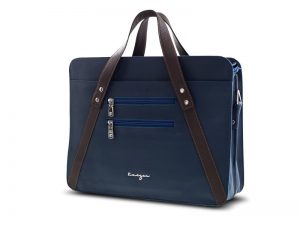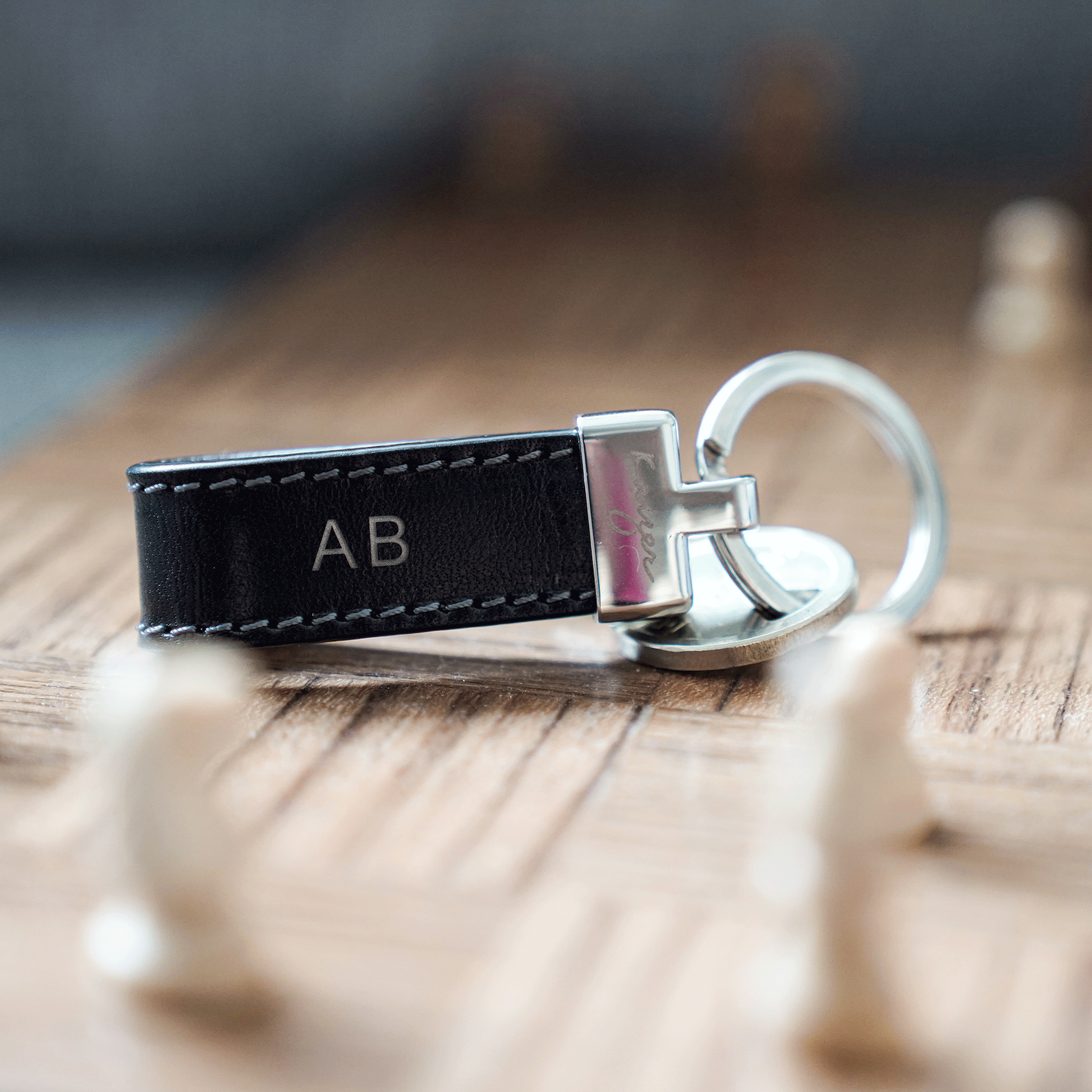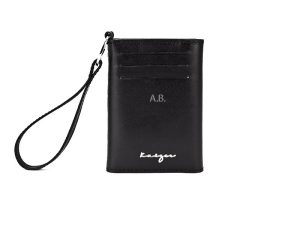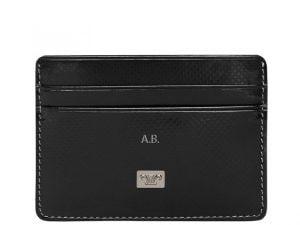Embracing a Lifestyle that Fits Your Needs
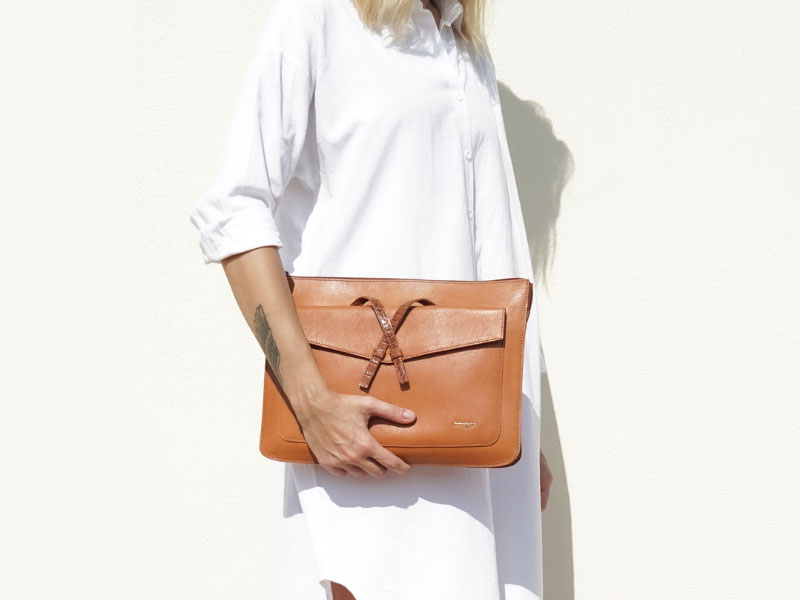
Practical Living: Embracing a Lifestyle that Fits Your Needs
We free up mental and physical space by adopting practical living, allowing us to invest in the things and activities that truly improve our lives.
How Practical Living Differs from Minimalism and Simplification
Practical living is similar to minimalism and simplification, but it takes a broader approach. While minimalism emphasizes limiting material goods to the bare necessities, practical living addresses item functionality and usefulness.
Similarly, whereas simplicity aims to minimize unnecessary complexities, practical living extends beyond exterior concerns. It also entails streamlining our mental processes, daily routines, and decision-making in order to devote our time and energy to what is genuinely important.
Organizing Your Environment for Practical Living
The Pareto Principle in Personal Possessions
When applied to personal things, the Pareto Principle says that we use just 20% of our belongings on a regular basis, with the remaining 80% sitting unused. By recognizing that crucial 20%, practical living helps us to declutter our homes.
We create a more orderly and functional living space by letting go of the excess, where the goods we genuinely value are conveniently available.
Efficient Space Utilization: Maximizing Small Living Spaces
Living in a smaller place does not imply sacrificing practicality or personality. In fact, practical living is especially well-suited to smaller dwellings because it challenges us to be deliberate with every square inch of space.
Arrange furniture to allow for simple movement and access to often used objects. Use drawer dividers and organizers in tiny kitchens to keep utensils and cookware properly kept and easily accessible.
Storage Solutions for Easy Access and Organization
Smart storage solutions play an important part in practical life by allowing us to keep our environments clutter-free and easily find what we need. Invest in clear storage containers so that you can see the contents at a glance and easily locate stored objects. Label goods to improve organization and prevent them from going misplaced.
To save space in the kitchen, consider using pantry door organizers, pull-out shelves, and stackable bins. Use drawer dividers and closet organizers to keep clothing neatly arranged and easily accessible.
Being organizational doesn’t just apply to your home, you should also consider being organized in the things you use daily such as your office bags for men or women, doesn’t matter the gender.
A structured office bag avoids mess, allowing you to quickly find what you need. With designated sections for your needs, your office bag transforms into a well-organized tool that boosts your work while on the go.
Tips for Organizing Your Office Bag
Categorize and Separate: Divide your bag into divisions based on the stuff you carry on a regular basis. Use pouches or small organizers to store your phone, chargers, pens, notebooks, and other necessities. This way, everything has a place and you can simply find what you need.
Reduce Non-Essentials: Be cautious of what you bring to work with you. Get rid of anything that is weighing you down. An orderly bag should emphasize the necessities while not becoming a dumping ground for extraneous items.
Choose a Bag with Several Compartments: As previously said, bags with several compartments are a useful option. Look for office bags or laptop bags leather with well-organized compartments for laptops, documents, and personal stuff. This function will improve your efficiency and keep your items organized.
If you are looking to have an extra accessory for your valuable tools for work such as your laptop or documents, you can also consider a laptop sleeve.
The Adroit Laptop Sleeve is a discovery for anyone looking for an alternative to common laptop or business bags. This sleek and compact accessory embodies style and function, offering all the convenience of a laptop bag with an added touch of beauty.
The lightweight and compact design of the sleeve provides unmatched comfort during your everyday commute or business excursions. Slip it into a larger bag or carry it alone – either way, it ensures convenience and ease.
Streamlining Daily Routines for Efficiency
Creating a Productive Morning Routine: Starting the Day on the Right Foot
Time blocking is a powerful technique that enhances productivity. Set specific time slots for different tasks or activities throughout the day. For example, allocate time for work, exercise, relaxation, and family time. By following a structured schedule, you avoid distractions and make the most of your day.
Be aware of activities that take up your time yet add nothing to your life. Reduce or eliminate time-wasting habits, such as excessive social media scrolling or excessive television viewing. This makes room for other fulfilling activities and pursuits.



